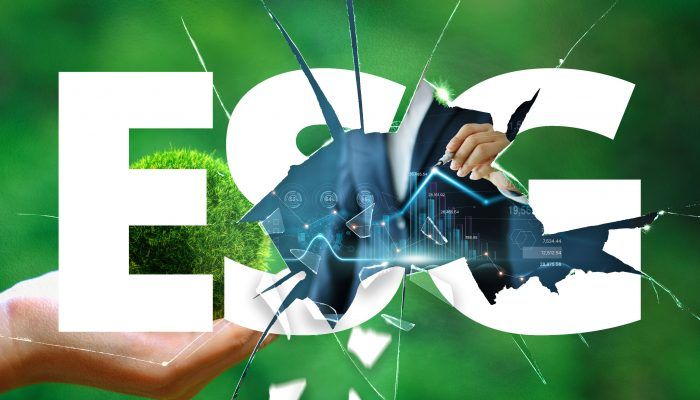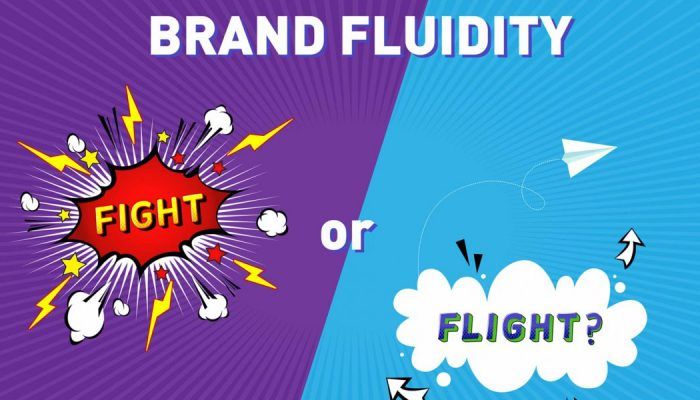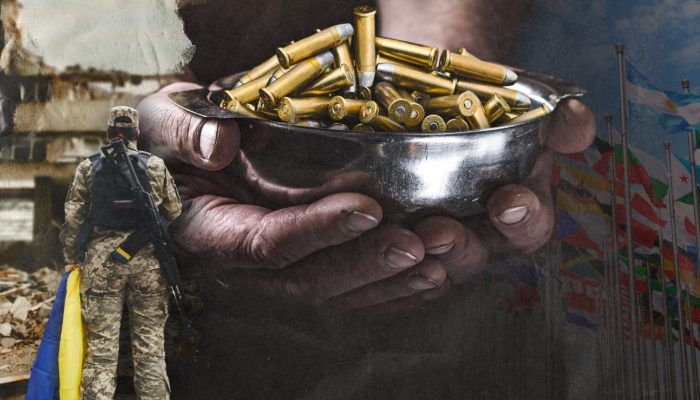Managing change in times of corona
‘Be water my friend’ said Bruce Lee. These words could not ring more true in the chaotic and confusing times businesses are facing. In the midst of the disruption the corona pandemic is creating, how can leaders prepare for an unknown future with so many blind spots in their internal and external environment? When even expert predictions have a very short shelf-life, there is very little understanding of what will change in the short-term and which of these changes are here to stay.
Humans are hardwired to hate uncertainty and perceive change as a loss of control, often resisting it at all costs. Structuring a change plan in this environment is hard; communicating it and bringing all customers, employees, suppliers along may seem an impossible task.
In less volatile times Larry Hirschhorn wrote an article in the Harvard Business Review titled ‘Campaigning for Change,’ wherein he outlined three campaigns of change management: a political campaign (creating allies and a coalition), a marketing campaign (effectively communicating the benefits) and a military campaign (overcoming resistance). This is a brilliant starting point for a change campaign in normal times.
But how do you build alliances, convince your audiences and overcome resistance to change, when you have no clear view of what the future will look like and are struggling to articulate a structured roadmap for your business? When forced to take it step by step, shifting gears and planning actions in constantly changing circumstances? What experiences can we look to for guidance, clues and actionable insights?
Let’s examine how businesses operate in environments so fluid that they’re required to be in constant change mode.
This is the case for businesses operating in emerging Asian markets in the past decades. Multi-year plans are practically obsolete within a few quarters when the economy is growing at 7–10%, when talent shortage drives employee turnover industry-wide to 50%, when big projects can be secured overnight or lost overnight. Planning far ahead isn’t just impossible, it creates a competitive disadvantage. In an environment this fluid, market leadership can change constantly. This offers up big opportunities for businesses but taking advantage of them requires agility and quick thinking and action, insights and instinct, and most of all strong leadership.
Developing a new product with a start-up is an equally fluid experience. To build a winning product, start-ups run on the principles of speed and agility. Products are developed based on hypotheses, but what the product will look like a year from today is not defined. Development takes place in an iterative process, testing assumptions, getting quick feedback and adapting features. This way of working permeates the entire organization. As a result, job descriptions are fluid and talent is applied where needed with a focus on pushing fast progression.
These two experiences are vastly different from each other. What’s striking is what businesses have in common that succeed in them: their primary goal is not to create stability. Instead, their plan is to thrive in a volatile and unpredictable environment by becoming more fluid themselves.
The leaders and organizations I’ve seen thrive in these environments, employed some or all of the following principles to manage maximum change:
1. Manage by principles, not by rules. Rules will change. The principles need to stay the same. Usually, that’s straightforward: you care about your people and you need to run a successful business. Stick to those and explain your decisions in the current context.
2. You may not have a roadmap — you must have a vision. That’s nothing new of course, and it can be very high-level, but it’s what your teams will stick to and be motivated by: to make that vision happen against all odds in an uncertain environment.
3. Surround yourself with a fluid skill set and switch quickly. Different talent will be required for different phases. So focus less on roles and titles, more on talent and capability. Repurpose smart people quickly as a phase winds down and another starts.
4. Don’t waste time on long-term planning. Have a clear vision, yes, understand how it informs company priorities, yes. But develop only short, quarterly plans how to get there. Be ready to adjust quickly, pivot, and guide your teams in a new direction.
5. Communicate all the time. Organizations shy away from doing this in times of change, because they don’t want to be held accountable to things they said that may change later. Don’t let that stop you. We’ve talked endlessly about humanizing business: now live it. Start every communication with ‘the situation is very fluid and we won’t be able to predict what happens next. But here’s our principle. And here’s what we’re doing today and why. We’re on it and will keep updating you’.
6. Co-create everything. Bring people in and show you trust them. Shoulder uncertainty together. That applies not only to employees and colleagues, even partner and customers can handle openness, honesty and the desire to collaborate and find solutions together. This creates buy-in and makes the actions taken ‘our actions’ rather than unilateral initiatives. Not to underestimate the power of offering to be their ally, being ‘in it together’ in times of disruption.
7. Don’t punish failure, address inaction instead. As the strategy adapts, teams need to move with it, overcoming siloes, hierarchies and most of all inertia. To move beyond the fear of action, encourage quick decisions and model results-orientation.
Companies employing these principles aren’t just responding to change but thriving in it. When we apply this fluid approach to managing change in the current setting, the marketing, political and military campaigns are not obsolete, they’re still as relevant as always. With one difference: they don’t run as structured campaigns. Instead, leadership teams draw upon them in a modular fashion.
Instead of marketing a change theme, market your principles. Communicate your take on the ever-shifting context and the resulting decisions. Instead of identifying selected political allies to take your company through the change, cast a wider net to co-create and shape the path forward together with a larger number of employees and even external partners and customers. Instead of using a military approach to fight resistance to change itself, give more leeway, allow for pushback and opposing opinions. Bring those along who fight but also act to get the business to a better place, remove those who hesitate to act until they see a clear plan and a structured roadmap to get there.
Using these principles can get a business closer to being able to move, pivot, change gears quickly while bringing all those important along. This will at first feel unusual, seem unstructured and not planned enough for a big corporation. And that’s normal. The current crisis has accelerated the process of the collapse of traditional structures, forcing companies to deal with the fluidity heretofore not experienced by the larger business world. It’s time to look beyond the boundaries of our past experiences, in search for new solutions and a fluid approach to change.


